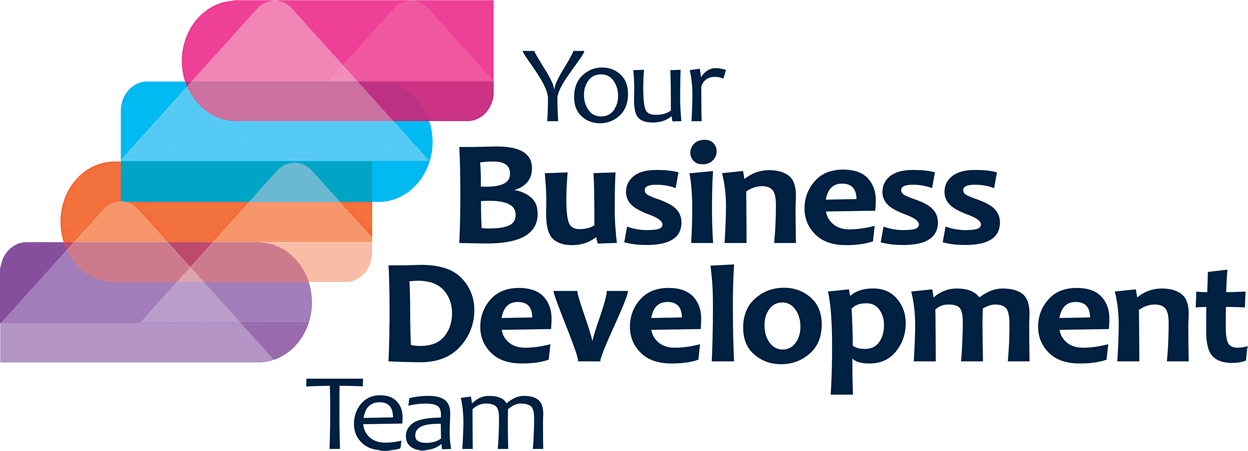I think that we all agree that Christmas this year is not going to be as we are used to. Just like the rest of our lives through the pandemic, we will need to make do with a quieter Christmas. People I speak to are divided between those who are looking forward to having a quiet time and those who can’t wait for Christmas 2021…
Wherever you are on this, you are likely to have a bit more time for resting and recreation between Christmas and New Year. Just in case you get to a point where you are in need of some constructive thinking in the holidays, I thought I would share some great lessons I learnt this year whilst reading John Jantsch’s book, The Referral Engine.
The book explains how to create an effective referral system through focusing on key elements within your organisation. It made a big difference to our business in terms of customer satisfaction, increased referrals, and retention. Here are the main elements to consider:
- Make your company the one people are speaking about: ‘People don’t talk about boring products and they certainly don’t talk about boring companies.’’ John Jantsch, The Referral Engine
How can you make your company interesting? Here are a few ideas to consider:
- Come up with a new product or innovation which will make your company stand out against the competition. This can be a small thing that makes a difference to your client like offering some training or best practice, so they get more out of your product.
- Write your business story: consider how it all started and what really matters to you and the rest of the team. People buy from people and your story can make a difference to their buying decision.
- Identify the elements that define your business and make you different. Things to consider are your unique process or approach to doing business as well as your core strategy.
- Everyone is in Customer Service: ‘I believe marketing, sales and customer service falls to everyone in your organisation. Widely referred businesses seem to find ways to empower everyone to create, deliver, mend and extend the total customer experience’. John Jantsch, The Referral Engine
In order to achieve this level of engagement, the book suggests that you consider ways of changing your team culture. Consider what mechanism, training and mind-set is necessary to ensure everyone in the company is delivering the right attitude which is aligned with your vision and mission statement. A few examples include
- Share your vision and mission with the team.
- Promote your company values in internal meetings. Ask your team how they relate to them.
- Share company performance figures and put together goals that matter to everyone.
- Ensure you are clear on the type of people you want to work in the organisation.
Create a customer network: ‘…It is not enough to simply provide a good product or service, that’s probably the minimum of what is expected. Your marketing, sales, content and service must all converge in a systematic fashion to move your customers through the referral lifecycle of know, like, trust, buy, repeat and refer.’ John Jantsch, The Referral Engine
Whilst referral marketing is recognised as a key marketing approach, you should consider how many referrals you get from your own customers. If you feel you could do better in this, there are a few key things to consider:
- Figure out a way to introduce referrals as a key element of your relationship with new clients. Make sure it fits with your brand and culture.
- Exceed your customers’ expectations; surprise, and delight them.
- Work out an appropriate way to reward your customers for referrals.
- Equip your team with tools and processes to make referring your business easy.
I hope you have a lovely break and think this should keep you busy over a few constructive sessions if you so wish. I hope you can then take it further and introduce some changes to your organisation.
Whatever you decide, to have the full affect, I recommend that you put the Referral Engine on your Christmas list this year: it is one of the best business books I have ever read.


